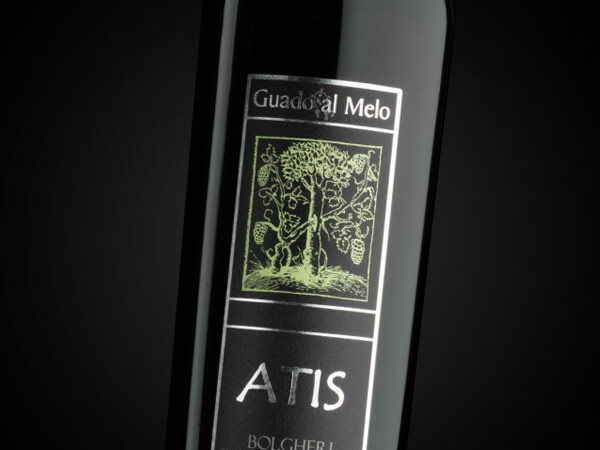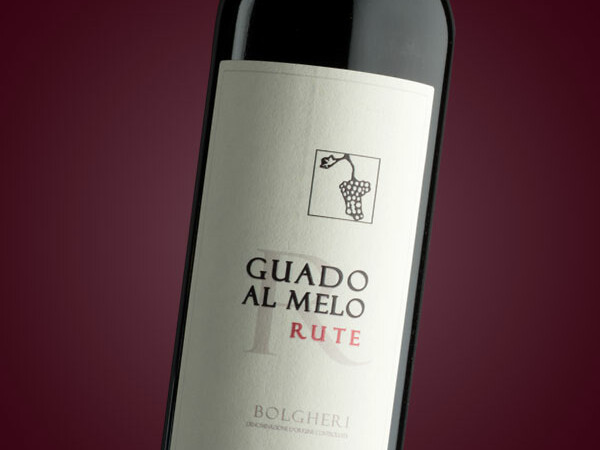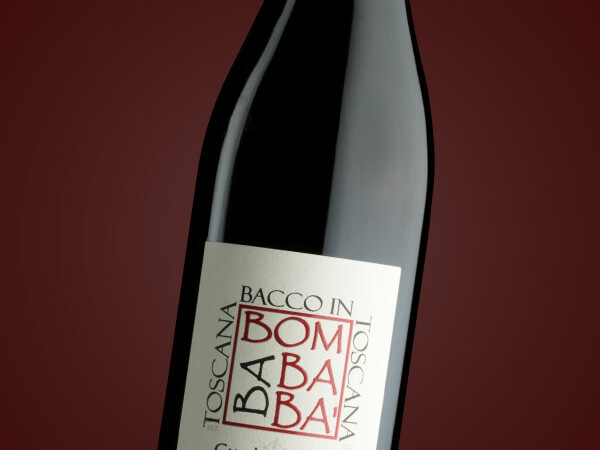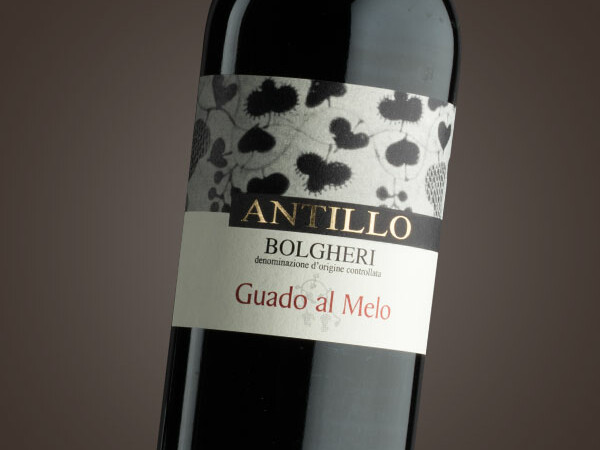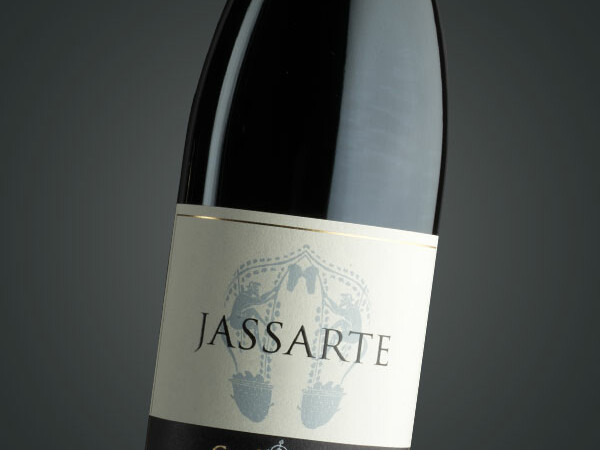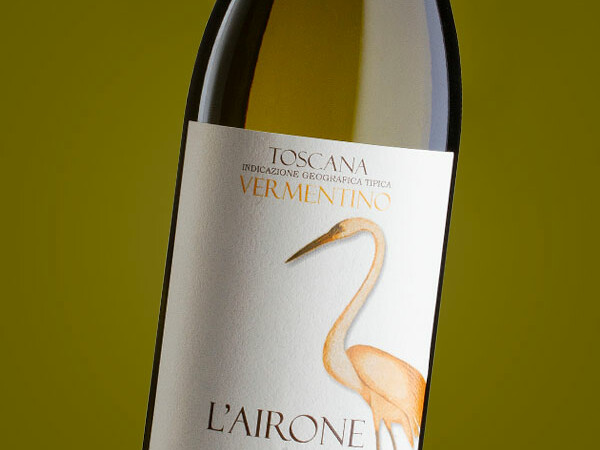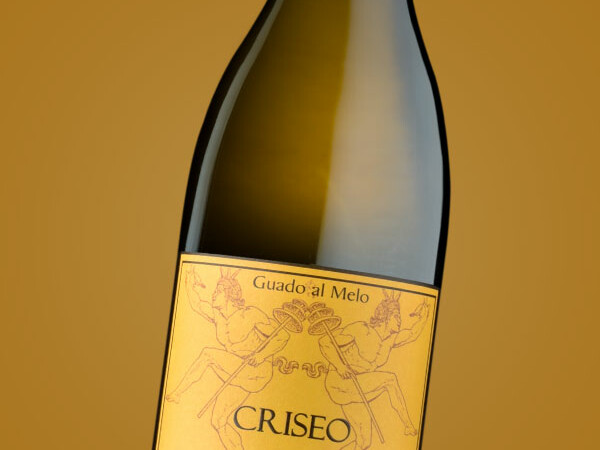The differences between one vintage and another are fundamental to the uniqueness of a wine. Nonetheless, we are not total playthings of the weather; the successive conditions of the growing season can instruct the winegrower on how best to carry out his activities in that particular year in order to coax out the finest qualities from the vines. Worth noting is that in our growing area, thanks to our very favourable Medieterranean weather and the tempering effects of the nearby sea, the growing seasons are in general quite consistent and difficult years are few.
The 2024 vintage was characterized by a cool and rainy spring, followed by a warm and well-ventilated summer. Harvest took place between September 9 and October 1, with fine weather occasionally interspersed with a few brief rains. Optimal water availability gave us balanced wines with low alcohol.
The year 2023 was notable for a cooler and rainier spring than usual, which delayed the vine cycle but replenished the water table. The summer was in the normal range, mild and breezy Mediterranean, with only a heat spike in late July and an excellent temperature range thereafter. We started the harvest on September 5 with Vermentino and finished on October 2 with Cabernet sauvignon.
2022 was a hot and dry year but without major water stress problems thanks to the territory and the age of the vines. The vineyards received relief from providential rains in mid-August and others scattered in the following weeks. They also re-balanced the temperatures during maturation. We started the harvest on 12 September with Vermentino and finished at the end of the month with Cabernet Sauvignon.
2021 was an excellent year for the wine, with a very regular seasonal trend. The intense rains of the winter period perfectly supported the vineyard throughout the production phase, despite a very dry-windy summer, but with mild temperatures. We started the harvest on September 17th with Vermentino. For the reds, we started with the earliest varieties on September 22nd and finished October 1st with Cabernet Sauvignon.
This year will sadly remain in history as the year of the Covid19 virus. From a viticulture point of view, however, it was a very interesting vintage, which tend more to elegance than to concentration. It was a very regular, with a sufficiently rainy winter and a spring with very low phytosanitary risks for the grapes. The summer was mild, with an excellent ventilation and only few periods with hot temperatures. We started the harvest with a perfect weather, on September 15th. The end of the month was accompanied by a significant drop in temperatures. We concluded the harvest on the 2nd October, without any problem.
Vintage with climatic contrasts but in general very good. After a rainy winter, spring started hot and dry, then changed into a rainy May with low temperatures and a delay for all following stages of the vines. The summer had peaks of great heat, but without humidity. The harvest began in mid-September and ended in early October, always in good weather. The grapes were balanced, with low pH and good acidity, sweet tannins, complex aromas. We returned to an optimal production quantity after a very poor 2017 and the partial recovery of 2018.
A very regular and fresh vintage. The spring was very rainy, recovering the intense dryness of the last year. The summer was instead as usual, warm and dry, with some brief refreshing rain. The ripening of the grapes was very regular and longer than usual. In the second half of September a noticeable decrease of temperature, with dry and windy weather, will contribute to a vintage of great elegance.
The vintage was marked by the great dryness, with summer temperatures above the average, returned fresher during the ripening. This climate has inhibited the development of diseases but also the production of vines. We began the harvest the last days of August and ended by the end of September. We produced healthy grapes, concentrated, with good acidity, selected to avoid the dried bunches. The vintage with the lowest amount of production.
Still a high level vintage. The winter was very dry and mild, springtime very rainy. At the blossoming the climate was still very cool, causing a delay of the development. It followed a very hot and dry summer, mitigated by brief rains. The harvest began on September 12th and ended in the first week of October, speeding up the work in the last week to finish before the weather started to get worse. It was very important the management of the vintage power.
This growing year will surely be remembered as one of the finest of the last decade. Winter and spring brought plentiful rains and generally mild temperatures. Summer, however, was very hot and dry. The ripening process was regular and consistent. Vineyard operations focued on containing the sheer power of the season, so that the wines, would display balance and a certain elegance. Fine weather prevailed even through the harvest, which started in early September.
Winter was amazingly warm, characterised, like spring, by frequent, heavy rainfall. Summer, though, brought lower-than-average temperatures, again with frequent rains and unusually high levels of humidity. We started the harvest after mid-September, and it was quite challenging: we had to perform a rigorous selection of the clusters, eliminating a lot of fruit ruined by such unusual weather. This led to a reduction in crop levels, and we decided not to produce our finest reds, Atis and Jassarte.
Spring was quite rainy, ensuring adequate groundwater supplies for the summer, but with low temperatures that lasted almost through all of June. Normal temperatures returned in late June, and summer held to the norm, with ripening quite consistent and only slightly behind the seasonal average. Harvest started around mid-September; heavy rains arrived towards the end, but we had to sacrifice only a few rows. Overall, a good, well-balanced year.
Rainfall in the spring was moderate, but the unusual summer heat worried us. Fortunately, the vines coped well, and harvest did not keep us waiting long: picking began in late August. Since the weather was torrid and very dry, we did not do any leaf-pulling and we were very judicious in cluster-thinning, in order to avoid excessive concentration in the grapes. These dry conditions kept the fruit notably healthy. Overall, a very good vintage, characterised by powerful wines.
After an unusual heat spike in early April, summer was sluggish in starting. The heart arrived after mid-August. This gave the vines a slow, consistent development, with a speed-up in ripening towards the end. Harvest started in the first days of September and developed with no problems. At the end, some of the vines began to show signs of water stress, but in general the fruit was healthy, and there were no fears of impending rain that could ruin everything. A very good vintage. We introduced our Rosa al Melo rosé.
The weather remained fairly cold, with rains off and on, almost to the end of June, slowing down the vine growth stages, followed by intense heat. Harvest, which started after mid-September, saw frequent spells of rain, which were fortunately followed by breezy days that helped keep humidity from the vineyards. The wines of this vintage reflect a cool growing season, but we didn’t think the quality was high enough to produce our Atis (Bolgheri Superiore) and Jassarte. We introduced our Vermentino (white) L’Airone.
The vines developed quite well, thanks to a very rainy winter and spring. Summer, however, was quite dry, although for the first months the vines showed no negative signs, since water supplies were sufficient from the preceding rains. Some days of rain right after the start of harvest were worrying, but fortunately low temperatures and marine breezes kept humidlity at bay, preventing attacks of mould. Fine levels were attained.
This season experienced fine weather conditions, with good rainfall into June, then a warm, luminous summer, with lower-than-average temperatures in September and a warm, dry October. Harvesting started towards mid-September. The vineyards started their tenth year, an age that promises increased quality and balance.
The season started off with an unusually warm, rainy winter, which induced a very early budbreak, but a brief period of cold brought the stages back into balance. Summer was torrid and dry, but two beneficial rainfalls prevented damage from water stress. On 6 September, our son Federico was born, and two days later we started harvesting. The day following the end of harvest, it rained furiously, and thus a bit of luck and foresight made for an excellent vintage.
An excellent season, with regular stages, particularly during ripening. Towards the very end, however, dry conditions brought the vines to the edge of heat stress, but a brief, providential rainfall solved the problem; the soil succeeded in absorbing the water, and after a few days the berries showed good balance again. Guado al Melo added a new wine to its lineup, the red Bacco in Toscana.
An unusually rainy, cold winter reduced flowering somewhat. A very dry summer was relieved by providential rains in mid-August that restored vine balance and speeded up ripening, which then continued normally. Heat and humidity in September necessitated leaf-pulling, then thinning of defective clusters. Harvesting began after mid-September. The season rated as averge to good.
After two fairly abnormal years, 2004 was a normal season, even though ripening began late because of low groundwater reserves, as a result of lack of rain the previous year. Favourable weather conditions, however, allowed the process to catch up slowly but consistently, and the must was well-balanced, with a pronounced aromatic complexity.
Summer was very hot and dry. The grapes were sound and healthy, well ripened, and the crop very light, with small berries and high concentrations. The harvest started very early, around 20 August, and by mid-September it was already finished. We had to perform very fast fermentations, with brief macerations, to avoid excessive extraction of tannins. We added Antillo, Jassarte, and Guado al Melo Superiore (now Atis).
This represented our first year of real production, and it was somewhat unfavourable. Conditions were fine until September, when we received a lot of rain. We started picking in mid-September, and had to work hard at selecting only good-quality fruit. We made only Bolgheri Rosso (now Rute) and Guado al Melo Bianco. Both were elegant, and the white displayed superb minerality.
The season was fabulous, but our vineyards were still very young—just 2 years old.The very few grapes we picked were of great quality, however, and we produced a wine that was not intended for release: it was dedicated to the birth of our son Giovanni.
